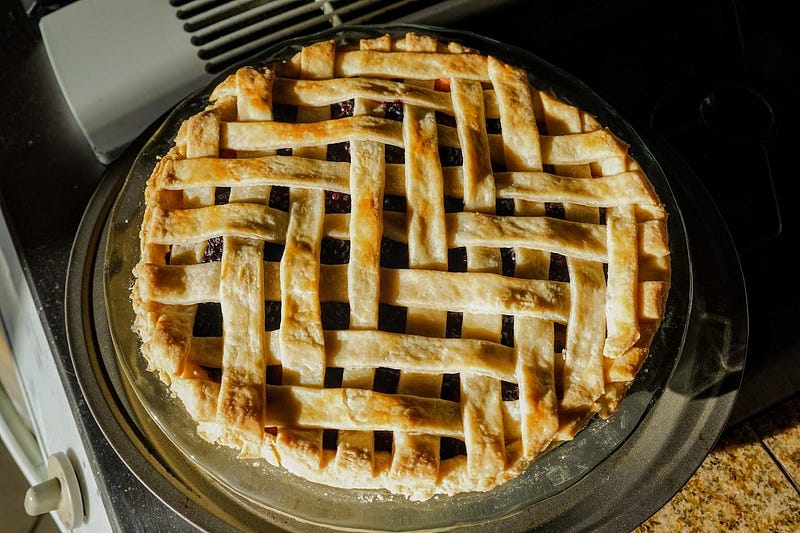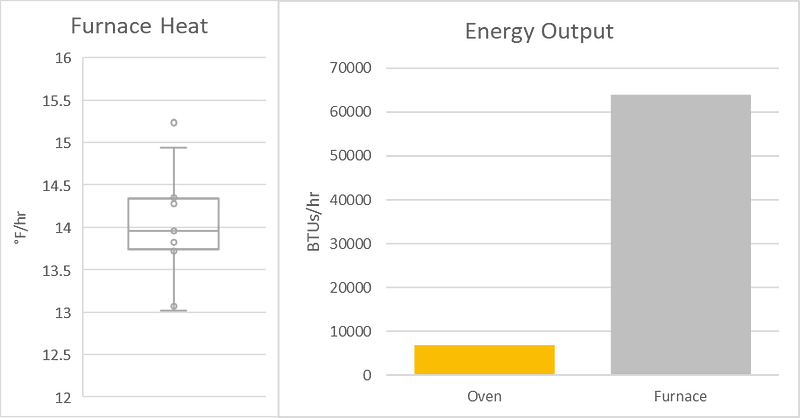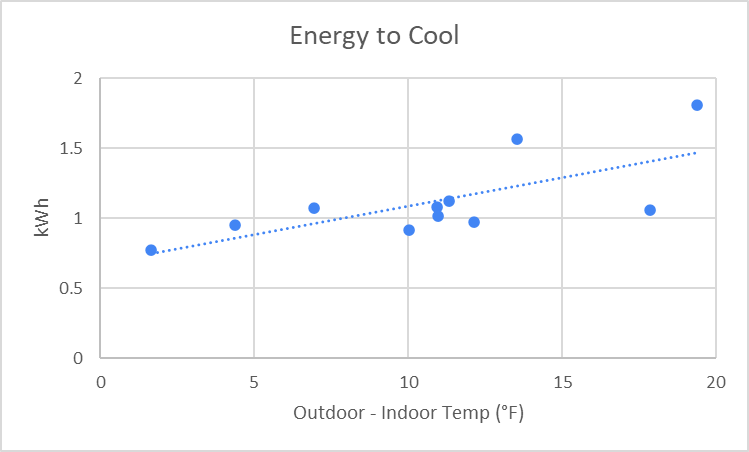Baking During a Heat Wave: Is It Worth the Heat?
Written on
Chapter 1: The Dilemma of Baking in Heat
As summer brings fresh fruit into season, many home bakers find themselves torn between the desire to bake and the rising temperatures outside. Recently, a heat dome affected large parts of the U.S., causing prolonged use of air conditioning and placing significant stress on the power grid. With heat waves hitting the West and Southwest, many are left wondering how to manage their baking cravings without overheating their homes.

For a dedicated home baker, the summer months mean a parade of delicious desserts like strawberry shortcake, cherry clafoutis, and warm peach cobbler. However, given that each fruit's prime season is fleeting, it raises the question: how should one navigate the heat while still enjoying these seasonal delights?

Heating an oven during hot weather seems counterintuitive, yet quantifying just how much heat it adds to your home requires an understanding of various factors including appliance efficiency and home insulation. As someone who meticulously tracks energy consumption in my household, I often analyze the implications of using my oven during sweltering days.
Section 1.1: Understanding Energy Consumption
To gauge how much heat a conventional oven introduces to a home, we can start by calculating its energy output. Typically, electric ovens consume around 2 kilowatt-hours (kWh) to reach a temperature of 400°F (200°C) and maintain that heat for one hour. The heat emitted during this process can significantly raise indoor temperatures.
To further illustrate this, I can draw comparisons with the heating system in my home. Although I wouldn’t typically activate my furnace in summer, I can reference its data to understand how much energy correlates with temperature increases. For instance, if my furnace runs for an hour, it raises the temperature by approximately 14°F (7.8°C). Therefore, using this data, we can estimate that the oven raises the temperature in my home by about 1.5°F (0.8°C).

While these figures are based on my home, they highlight a critical point: using the oven will undoubtedly make the kitchen (and likely the rest of the house) warmer.
Section 1.2: The Cost of Comfort
For homes without air conditioning, using the oven during a heat wave can be particularly unwise. However, those with AC systems can manage the extra heat, albeit at a cost. My own analysis shows that if the indoor temperature is 72°F (22°C) and the outside temperature hits 90°F (32°C), cooling the extra heat from the oven will require additional energy from the AC.
This can lead to increased electricity bills and a heavier load on the power grid, especially during peak usage hours. At a cost of approximately $0.175 per kWh, the added expense of cooling down after baking may seem manageable, but it contributes to larger energy consumption issues.
Chapter 2: Strategies for Baking Wisely
To better understand how to keep your kitchen comfortable while still indulging in baking, consider watching the video titled "Keeping the Kitchen Cool During a Heat Wave." This video offers tips on managing heat while still enjoying your baking adventures.
Additionally, check out "California Heat Wave: Does Solar Cooking Work?" for innovative alternatives that may allow you to bake without the burden of traditional oven heat.
As I reflect on my baking habits in the context of rising temperatures, I’ve adopted a personal rule: if the AC is running, the oven stays off. Living in a climate where heat waves are typically short-lived, I’ve managed to uphold this commitment for years, ensuring that I only bake when temperatures remain manageable.

In lieu of traditional baking, there are plenty of delicious alternatives that don’t require an oven. From stovetop fruit-stuffed crepes to refreshing ice creams, there are countless ways to satisfy a sweet tooth without raising the indoor temperature.

As the temperature climbs above 90°F (32°C) in Oregon, the temptation to bake a cherry pie looms large. But with the risks of heat waves and the implications for energy use, the dilemma of when to bake continues to present a challenge for home bakers everywhere.